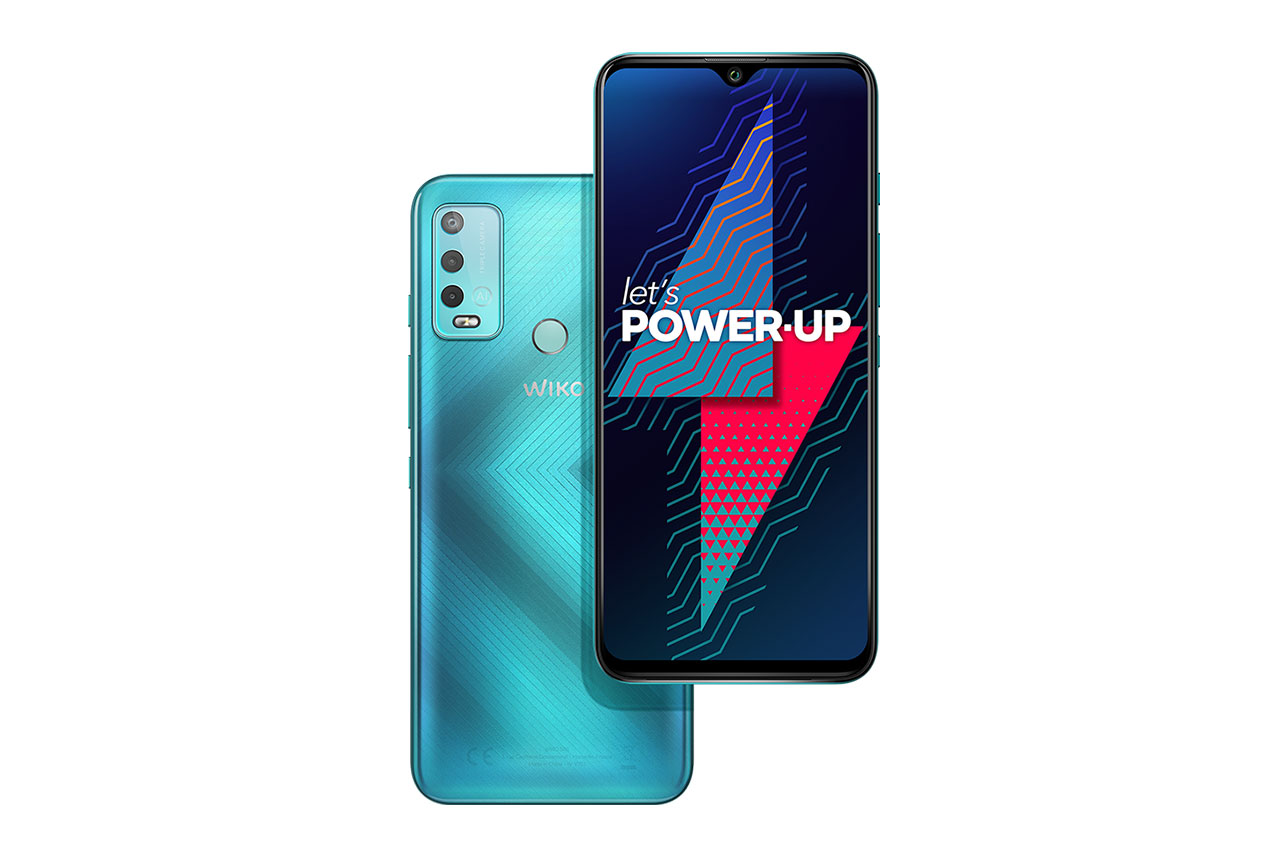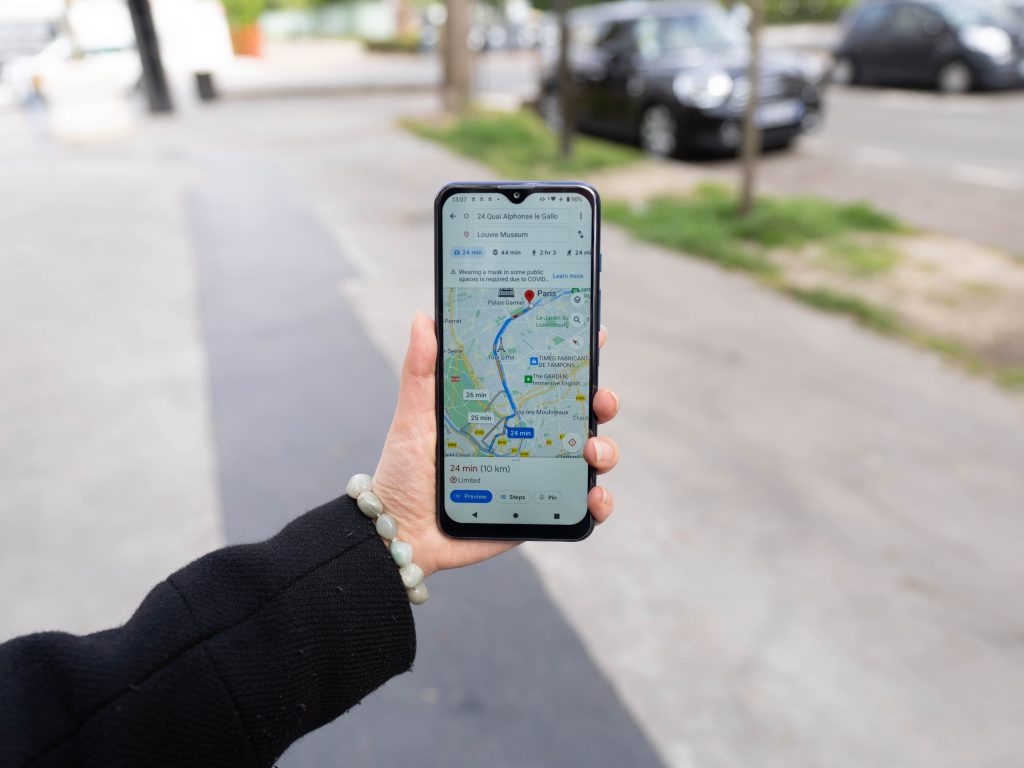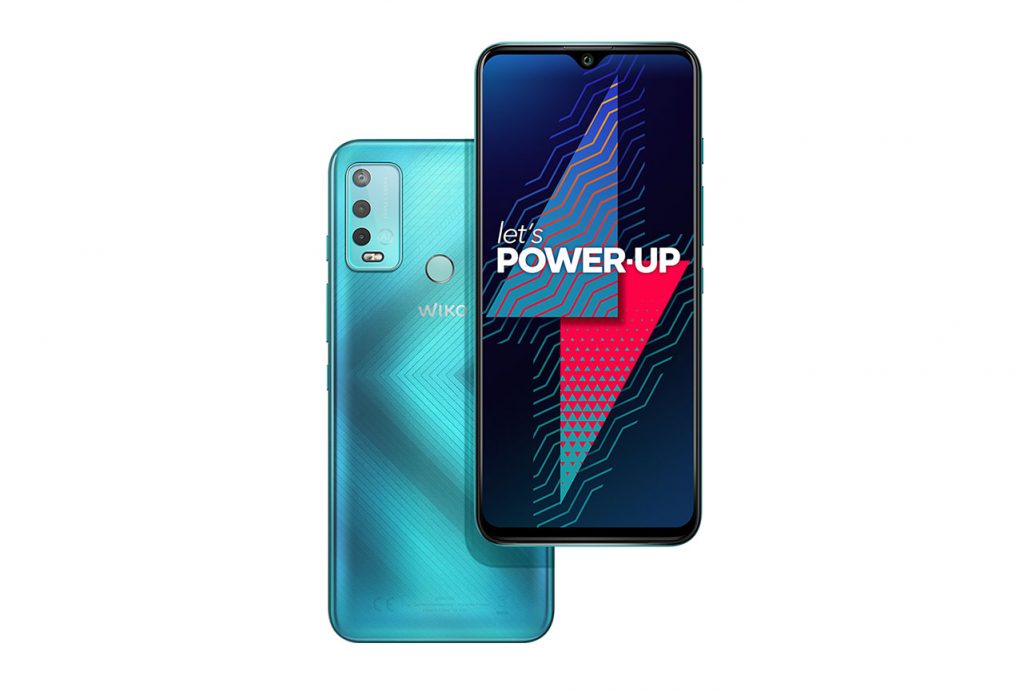As of this writing (May 2021), the brand-new Wiko Power U30 comes to us straight off the factory assembly line. A budget-friendly addition to our Essential segment of smartphones, the Wiko packs a large 6.82-inch HD+ display and a triple-camera setup.
Our engineers lost no time putting the Wiko Power U30 through our comprehensive Battery tests; what follows are its most important results.
Key specifications:
- Battery capacity: 6000 mAh
- 15W charger included
- 6.82-inch, 720 x 1640, 60 Hz IPS LCD display
- Mediatek Helio G35 (12 nm) chipset
- Tested ROM / RAM combination: 64 GB + 4 GB
About DXOMARK Battery tests: For scoring and analysis in our smartphone battery reviews, DXOMARK engineers perform a variety of objective tests over a week-long period both indoors and outdoors. This article highlights the most important results of our testing. (See our introductory and how we test articles for more details about our smartphone Battery protocol.)
Test summary
Scoring
Sub-scores and attributes included in the calculations of the global score.

Wiko Power U30


Key performances
These key points are derived from the lab measurements during testing and do not figure into the overall score. The lab measurements, however, are used for the overall score.
 60th
60th
 5th
5th
Pros
- Charge can last for up to 4 days
- Impressive performance on the go
- Extremely good discharge efficiency
Cons
- Poor charging performance overall, but particularly for 5-minute power boosts
The Wiko Power U30 racks up an overall Battery score of 86, which puts it just two points behind our current first-place device, the Samsung Galaxy M51. The Power U30’s performance for Autonomy is the best in our database thus far, and it achieved an excellent score for its discharge rate (a sub-score of our Efficiency attribute) as well. However, it comes with a quite small charger that struggles to fill up its big battery in a timely way.
We compared the Wiko Power U30’s performance in several key categories with another device in the Essential segment, the Vivo Y20s, and also with a device in the Advanced segment ($200-399), the Motorola Moto G9 Power; battery capacity, charger, display type and resolution, and processor specifications for all three devices are shown in the table below.
|
Wiko Power U30 |
Motorola Moto G9 Power |
Vivo Y20s |
|
| Battery (mAh) |
6000 |
6000 |
5000 |
| Charger (W) |
15W |
20W |
18W |
| Display type |
IPS LCD |
IPS LCD |
IPS LCD |
| Resolution |
720 x 1640 |
720 x 1640 |
720 x 1600 |
| Processor |
Mediatek Helio G35 (12 nm) |
Qualcomm Snapdragon 662 (11 nm) |
Qualcomm Snapdragon 460 (11 nm) |
Autonomy (98)
How long a battery charge lasts depends not only on battery capacity, but also other aspects of the phone’s hardware and software. The DXOMARK Battery autonomy score is composed of three performance sub-scores: (1) Stationary, (2) On the go, and (3) Calibrated use cases. Each sub-score comprises the results of a comprehensive range of tests for measuring autonomy in all kinds of real-life scenarios.
The Wiko Power U30’s overall Autonomy score of 98 puts it into the top spot among all devices we have tested thus far, crushing most of the competition across all segments, with only the overall Battery leader coming close (the Samsung Galaxy M51 with 96 points; both the Motorola Moto G9 Power and the Vivo Y20s are next in line with 78 and 76, respectively). Let’s take a closer look.
A robot housed in a Faraday cage performs a set of touch-based user actions during what we call our “typical usage scenario” (TUS) — making calls, video streaming, etc. — 4 hours of active use over the course of a 16-hour period, plus 8 hours of “sleep.” The robot repeats this set of actions every day until the device runs out of power.
Our engineers characterized the Wiko Power U30’s stationary performance as “massive,” which is no exaggeration, as the Wiko provided power over the course of 4 nights and 3.5 days in our TUS testing. That’s 14 hours more than category third-place Vivo and 19 hours more than the fourth-place Motorola.

On the go
Wiko Power U30
84
96
Using a smartphone on the go takes a toll on autonomy because of extra “hidden” demands, such as the continuous signaling associated with cellphone network selection, for example. DXOMARK Battery experts take the phone outside and perform a precisely defined set of activities while following the same three-hour travel itinerary for each device.

Just as it did in our stationary testing, the Wiko Power U30 put in a good performance in all of our on the go tests. Though the Moto G9 Power did better than the Wiko in nearly all use cases, all three devices placed in the top 5 across our entire database to date.

Calibrated
Wiko Power U30
92
100
For this series of tests, the smartphone returns to the Faraday cage and our robots repeatedly perform actions linked to one specific use case (such as gaming, video streaming, etc.) at a time. Starting from an 80% charge, all devices are tested until they have expended at least 5% of their battery power.
The Wiko Power U30 turned in good performances in all our calibrated use case tests — better than its two competitors in all areas — except for making phone calls, where the Motorola Moto G9 Power offers some 20 hours more!
(While only peripherally part of our testing, our engineers noted that the Wiko’s display screen was quite low in auto brightness mode. While this saves battery life, it can affect the user experience, especially outdoors; further, our tests show that the Wiko handles display power consumption well, so the too-low brightness setting seems unnecessary.)
Charging (58)
The DXOMARK Battery charging score is composed of two sub-scores, Full charge and Quick boost. Full charge tests assess the reliability of the battery power gauge; measure how long it takes to charge a battery from 0% to 80% capacity and from 80% to 100%; and measure how long and how much power the battery takes to go from an indicated 100% to an actual full charge. With the phone at different charge levels (20%, 40%, 60%, 80%), Quick boost tests measure the amount of charge the battery receives after being plugged in for 5 minutes.
Charging was by far the Wiko Power U30’s weakest attribute. The device comes with a 15W charger, which is slightly more powerful than the 10W charger that is commonly provided for phones in the Essential segment, but even 15W is too small to handle such a big (6000 mAh) battery, as the Wiko’s relatively slow charging speeds attest.

Full charge
Wiko Power U30
53
121
Out of its total charging time of a bit more than 3.5 hours, it takes the Wiko Power U30 1 hour 46 minutes to go from empty to 80% full, which is better than the Motorola G9 Power but not quite as good as the Y20s, which comes with an 18W charger and whose battery is 1000 mAh smaller than either the Power U30’s or the G9 Power’s.
It should be noted that it takes the Wiko device about an hour to go from an indicated 100% to being actually full, which is one of the slowest times for “topping off” in our database.

Quick boost
Wiko Power U30
65
111
The Wiko device consistently gains 2 hours 20 minutes at each tested battery level (20%, 40%, 60%, and 80%) for a 5-minutes charge. Again, this is better than the G9 Power but not as good as Y20s, and is quite poor overall.
| Wiko Power U30 | Motorola Moto G9 Power | Vivo Y20s | ||
| Autonomy boost (hh:mm) | 20% | 2:18 | 1:51 | 2:45 |
| 40% | 2:19 | 2:00 | 2:36 | |
| 60% | 2:20 | 2:03 | 2:32 | |
| 80% | 1:56 | 2:06 | 1:45 | |
| Percentage boost | 20% | 4 % | 4 % | 5.5 % |
| 40% | 4.1 % | 4.3 % | 5.2 % | |
| 60% | 4.1 % | 4.4 % | 5.1 % | |
| 80% | 3.4 % | 4.6 % | 3.5 % | |
| Energy consumed | 20% | 1463 mWh | 1452 mWh | 1508 mWh |
| 40% | 1476 mWh | 1561 mWh | 1425 mWh | |
| 60% | 1480 mWh | 1601 mWh | 1387 mWh | |
| 80% | 1225 mWh | 1641 mWh | 962 mWh |
Efficiency (81)
Our Efficiency score comprises two sub-scores, Charge up and Discharge. Charge up is the efficiency of a full charge (how much energy is drained from the wall outlet vs the energy capacity of the battery, as well as the efficiency of the charger and its residual consumption). Discharge is how much current the smartphone drains from the battery when in use (the ratio of battery capacity over autonomy). Better autonomy with a smaller battery means better efficiency.

Charge up
Wiko Power U30
49
105
The Wiko charger’s peak efficiency is a poor 82.7%, putting it below the Vivo Y20s (85.4%) and just slightly above the Motorola Moto G9 Power (which has the worst result). The charger consumes very little power when the phone is fully charged but is still plugged in; however, it consumes more than its rivals when the phone is unplugged.

Discharge
Wiko Power U30
102
121
The Wiko Power U30 had one of the lowest rates of night and day consumption in our database, hence its very high score (second only to the ultra-premium Apple iPhone 12 Pro Max). The other two devices don’t come close.
Conclusion
With its large battery, the Wiko Power U30 racked up enviable scores in our Autonomy tests, and also got very high marks for discharge efficiency. However, it lagged behind in Charging because of its small 15W charger. As a budget device, it lacks many of the high-end features of more expensive smartphones, but if you are looking for a phone that can reliably hold a charge for days at a time, the Wiko more than qualifies.




DXOMARK encourages its readers to share comments on the articles. To read or post comments, Disqus cookies are required. Change your Cookies Preferences and read more about our Comment Policy.